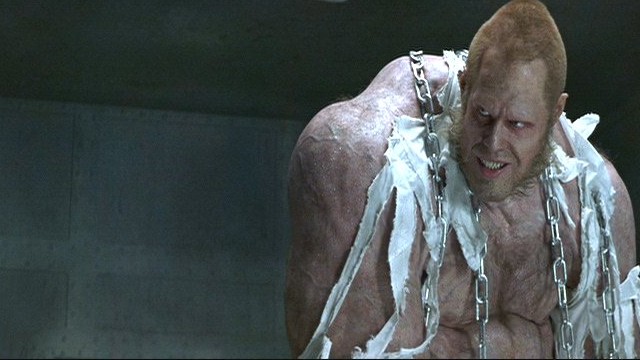
Though I had never read Robert Louis Stevenson’s classic pschyo-horror, Dr. Jekyll and Mr. Hyde, I was fairly certain that I was not in for many surprises as the basic ideas of the story have become integrated into our cultural mythology.
However, reading this short book was quite more interesting and complex than I had expected. Three significant surprises were:
1. Narrative – The story of Dr. Jekyll’s progressive destruction is told not from his perspective, but from that of a Mr. Utterson, Dr. Jekyll’s lawyer and friend. This makes the tale much more suspenseful as the reader has to, along with Utterson, piece together the clues, and not until the end is the full horror revealed. Not describing in detail Mr. Hyde’s every wicked episode makes the final full revelation of his true nature all the more horrific, similar to the way not that not seeing the shark throughout the movie made the final appearance of JAWS all the more terrifying. In addition, by making the focus of the story Mr. Utterson it is easier to see the effects of Dr. Jekyll’s misadventures on others, rather than only the consequences he faced.
2.Not a tale of good vs. evil but submerged evil vs. uninhibited evil – I had thought this was a story of a good scientist who becomes a victim of a failed experiment and is turned into an evil monster. Not so. This is the story of a respectable sinner who seeks a way to rid himself of his inhibitions and the consequences of his sin. He seeks liberty from his conscience and finds only enslavement to his depravity. Dr. Jekyll does not equal the antithesis of Mr. Hyde. Dr Jekyll is the respectable mask of Mr. Hyde. In his words:
“The drug had no discriminating action; it was neither diabolical nor divine; it but shook the doors of the prison-house of my disposition…Hence, although I had now two characters as well as two appearances, one was wholly evil, and the other was still the old Henry Jekyll, that incongruous compound of whose reformation and improvement I had already learned to despair. The movement was thus wholly toward the worse.” (p.88)
3. Portrayl of Mr. Hyde – one last major surprise for me was the actual physical makeup of Mr. Hyde. Usually when Dr J/Mr. H is portrayed in recent movies he basically looks like a Dickensian Incredible Hulk. The below pictures from two fairly recent (and stupid) films makes my point:


The book however presents Mr. Hyde as much smaller in stature than Dr. Jekyll. He is shorter, thinner, uglier, shriveled and emits a “strong feeling of deformity”. Stevenson makes it clear that in becoming Mr. Hyde, Dr. Jekyll had become less of a man, not more. Perhaps I’m reading too much into this but it seems like our culture has the opposite idea that in giving oneself over to evil they become stronger, sexier, more powerful…etc.
This was an effective and thrilling horror story, not because of its gross detail, but because of the potential for unrestrained depravity in all of us.
 About
About